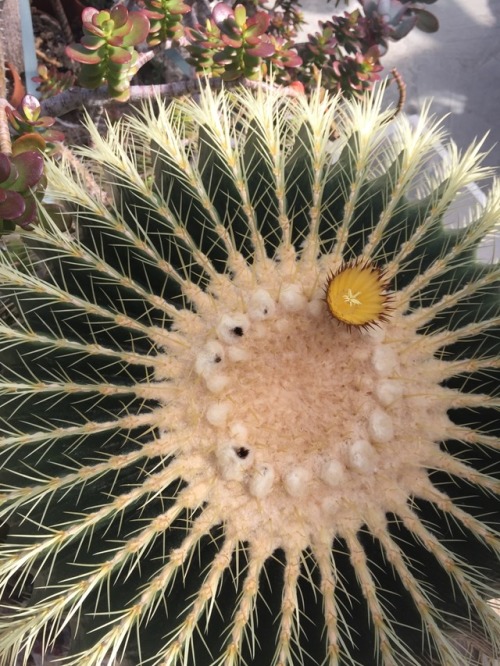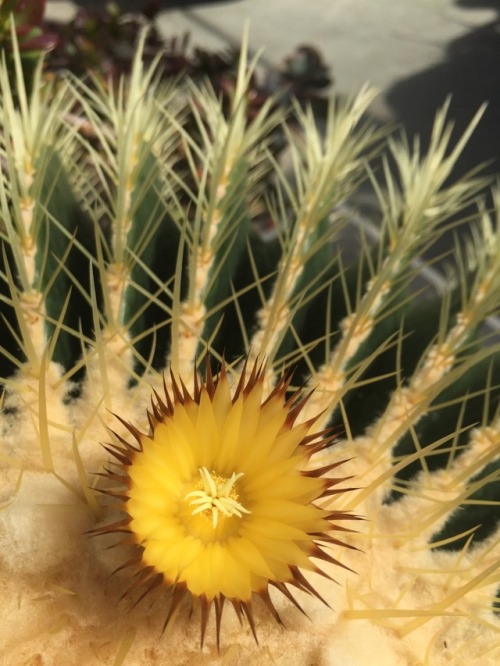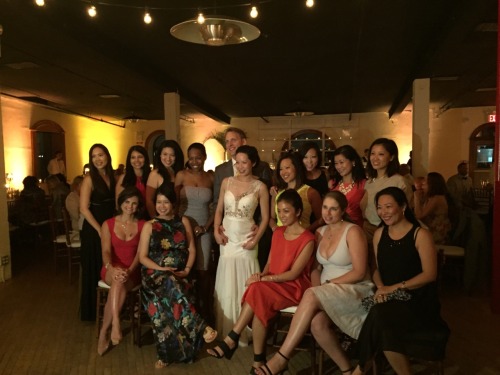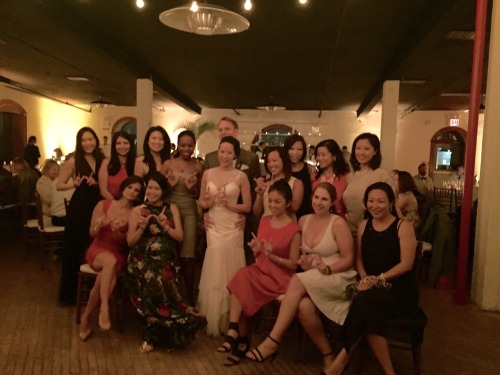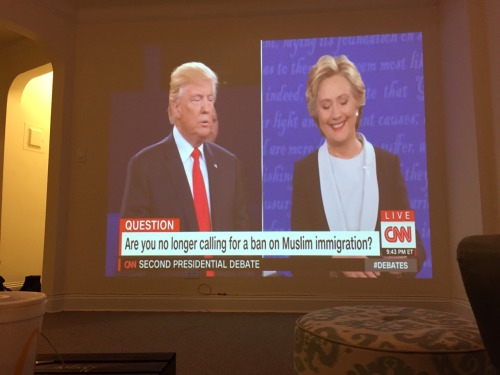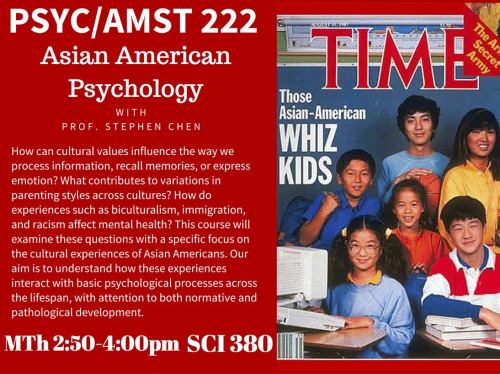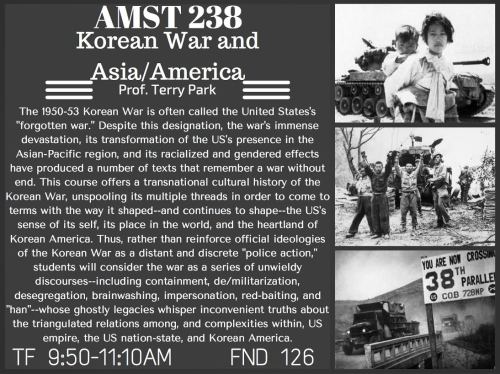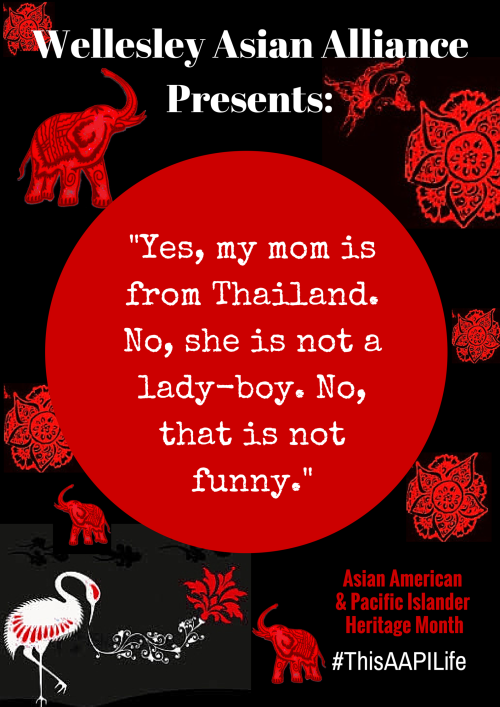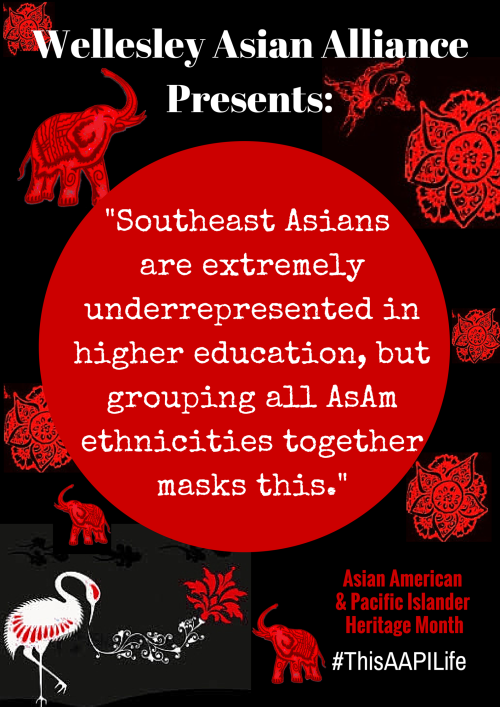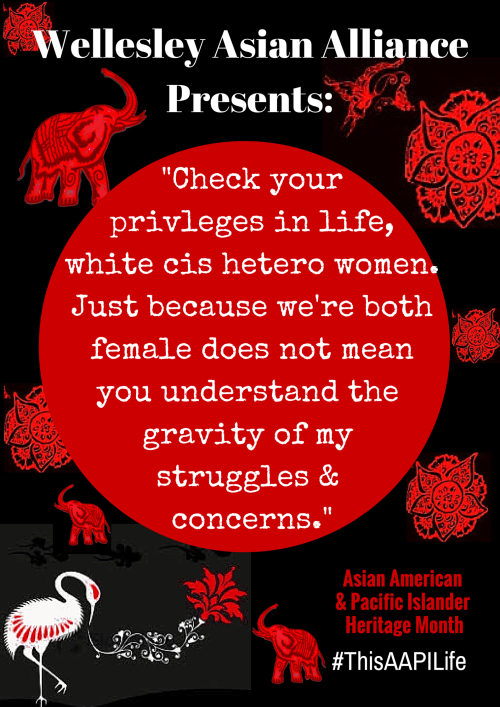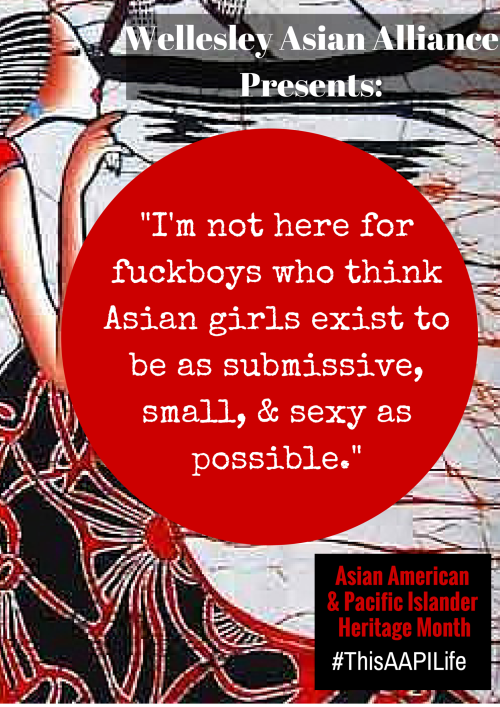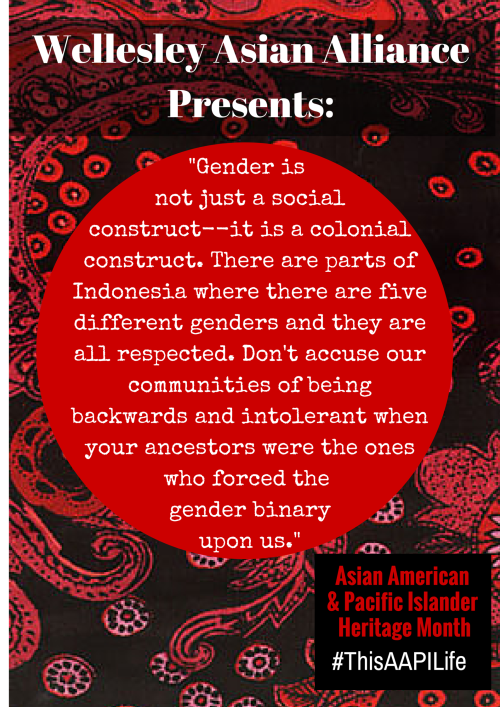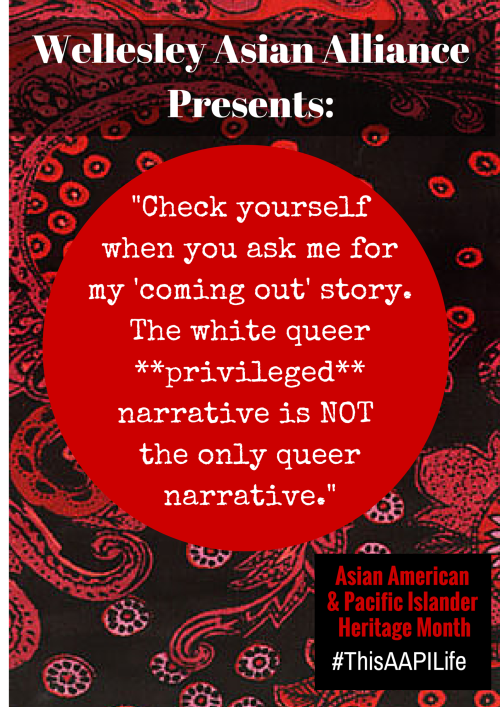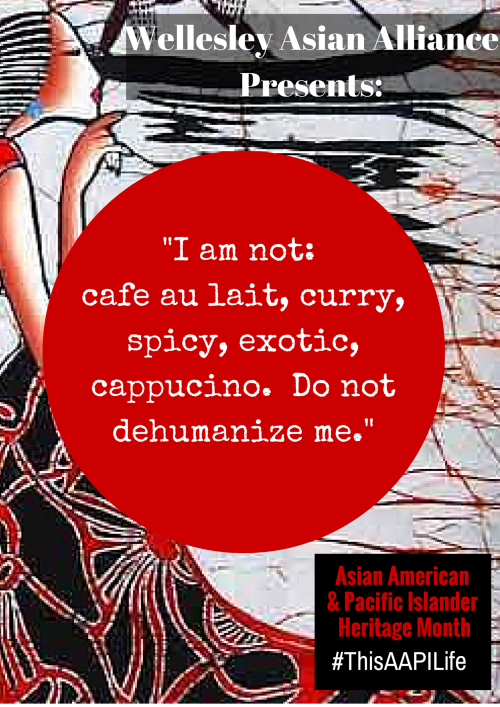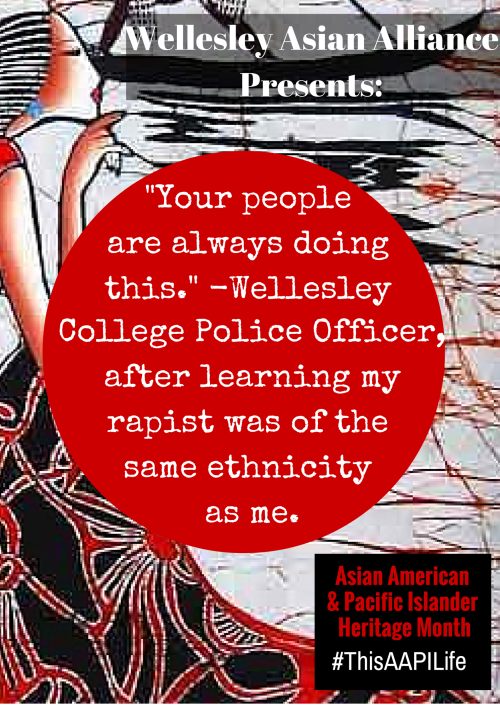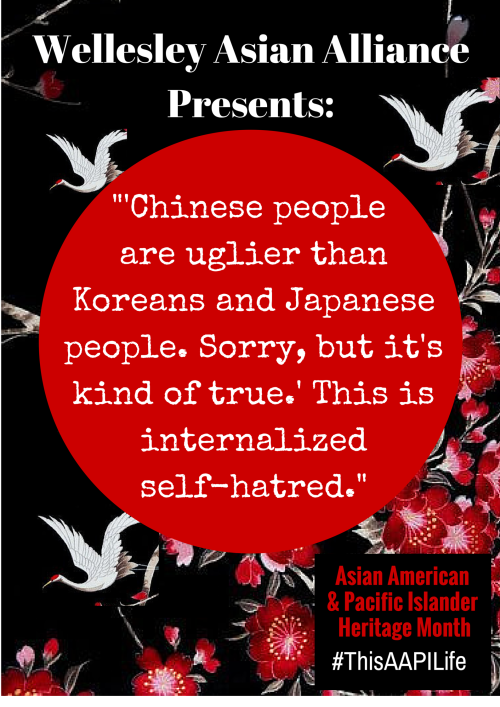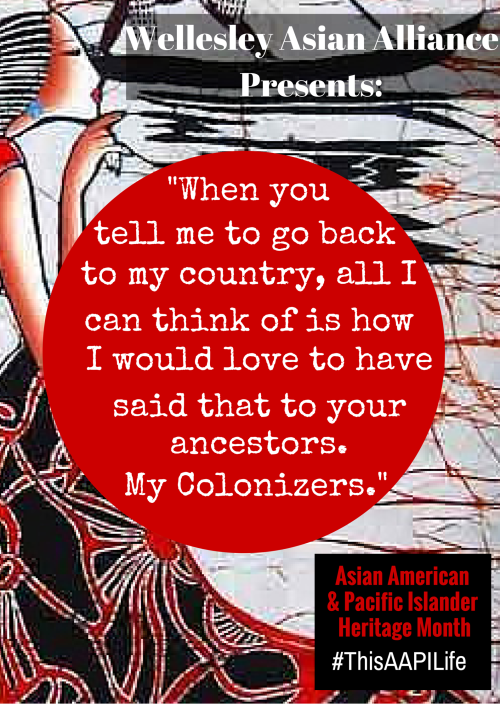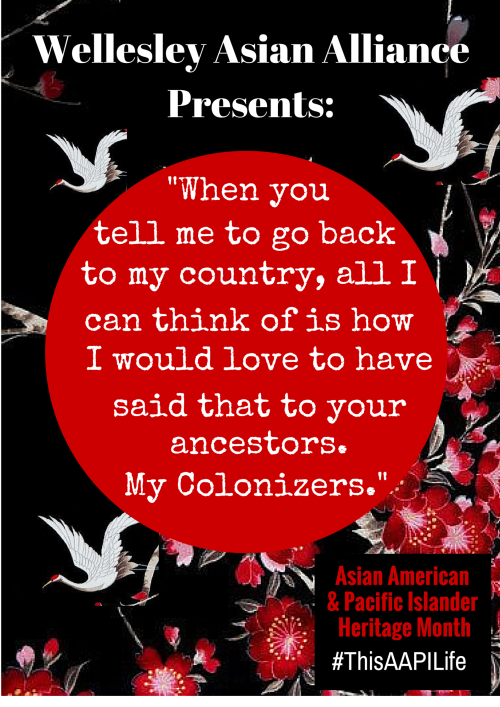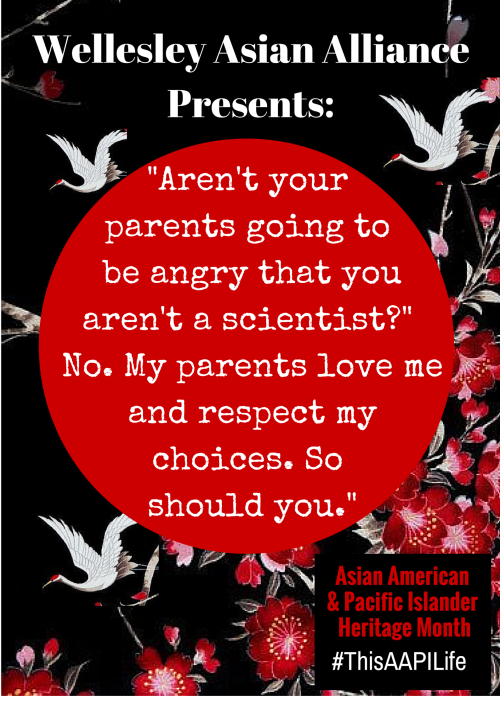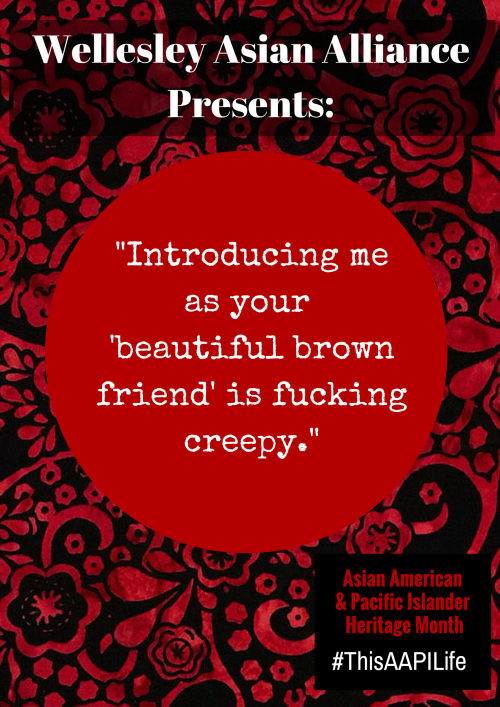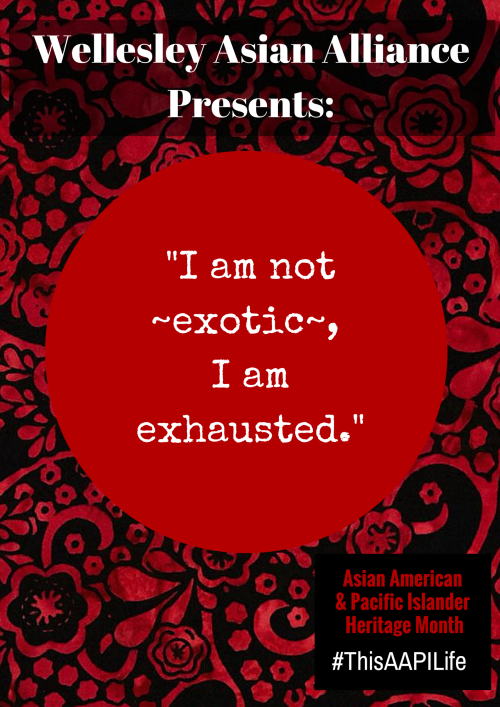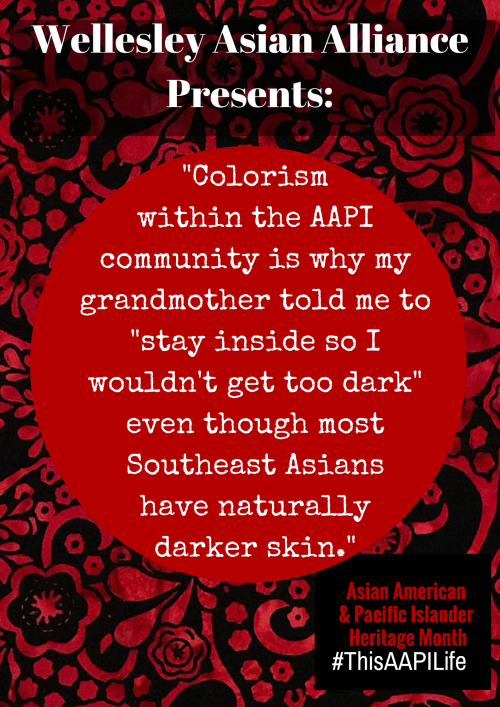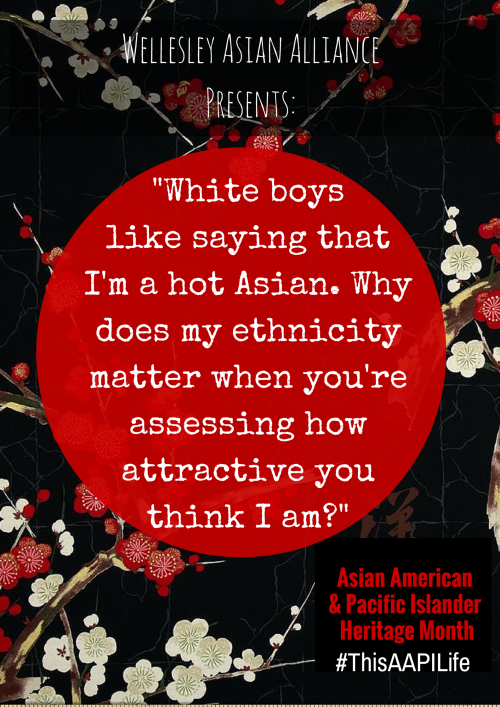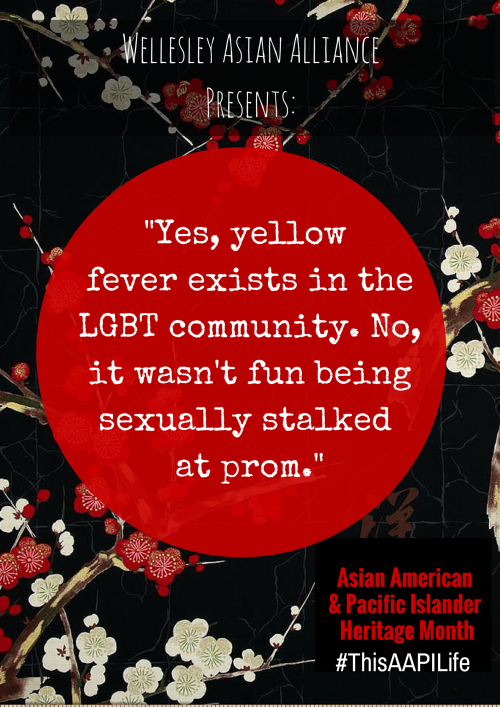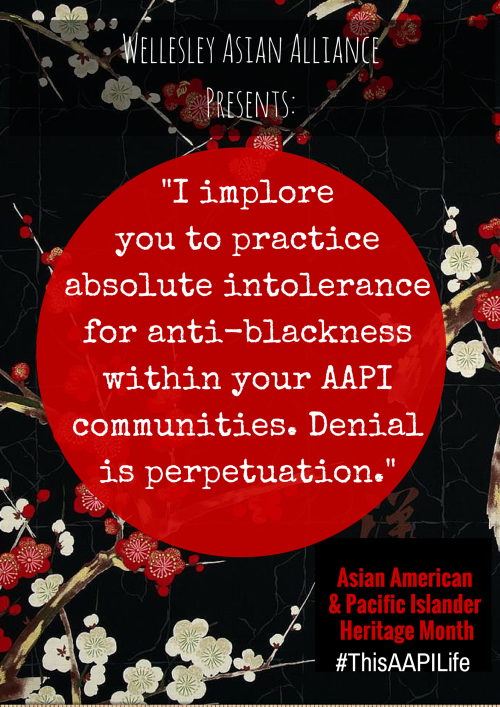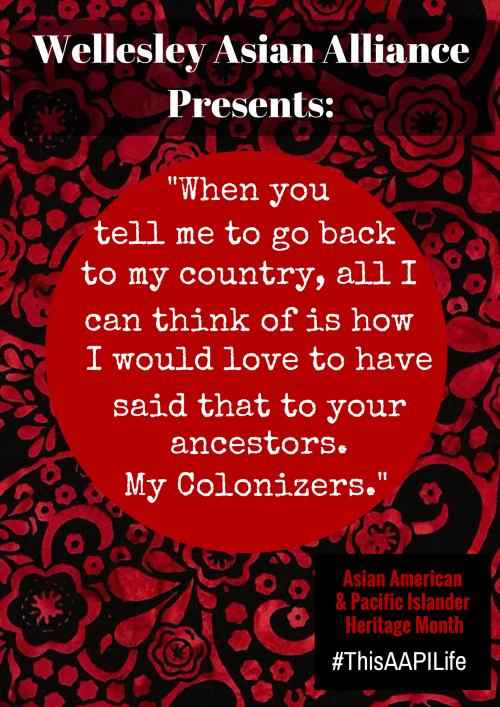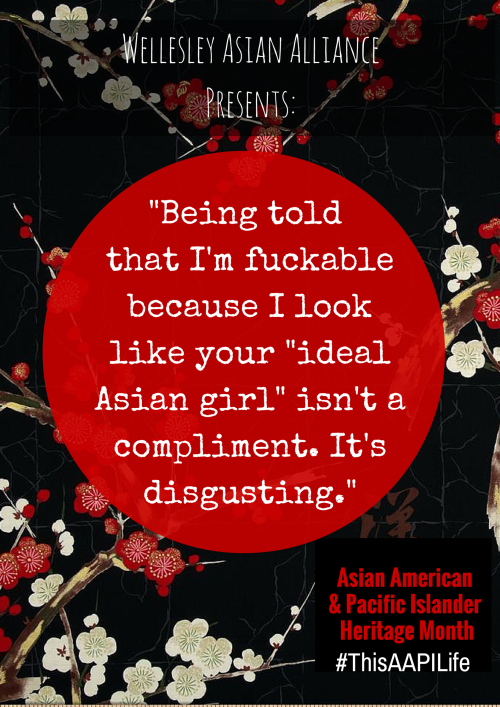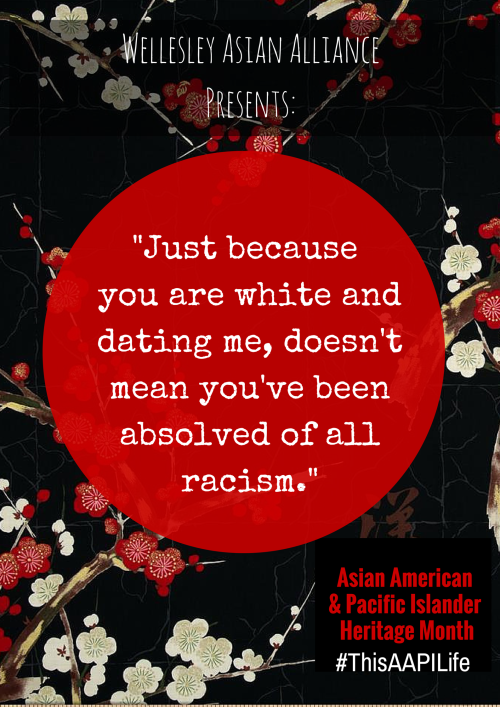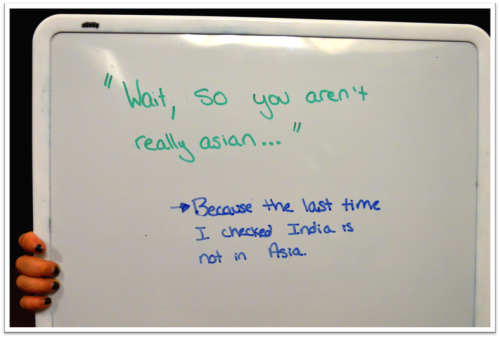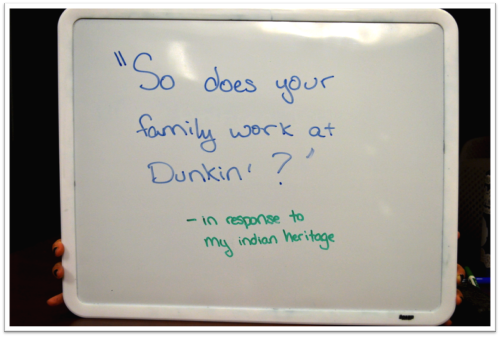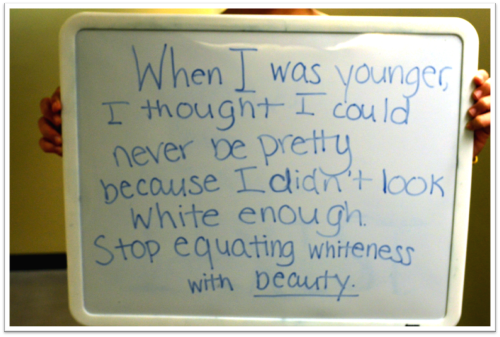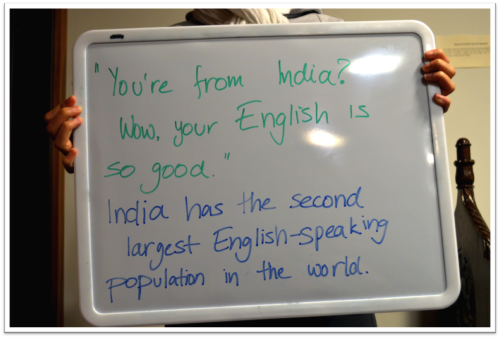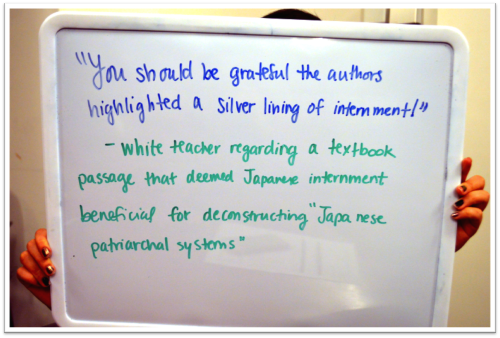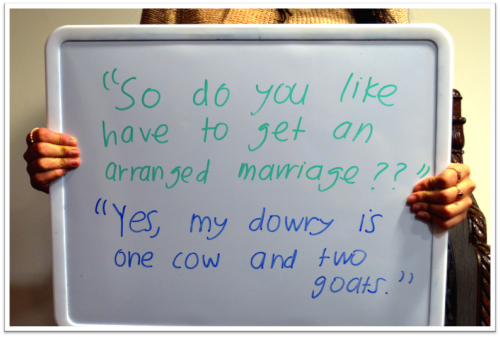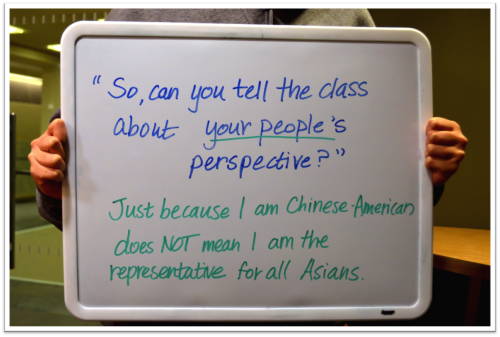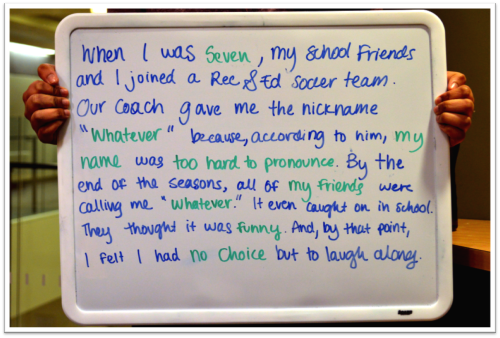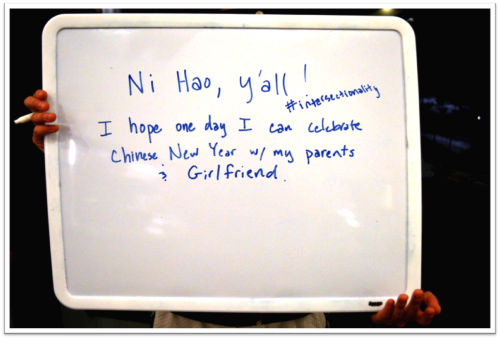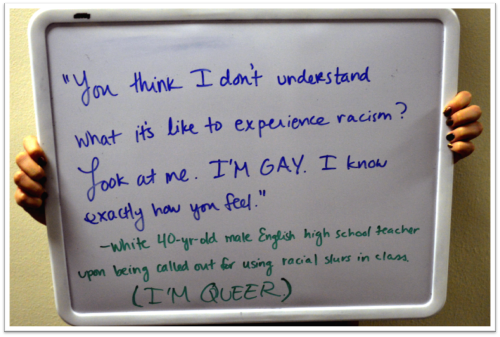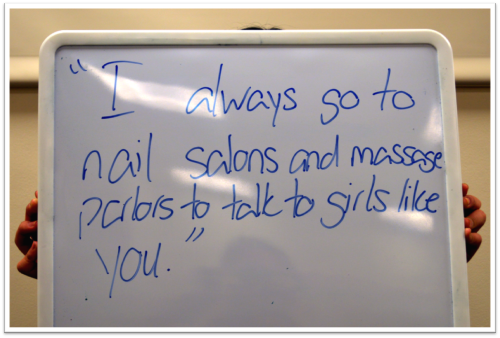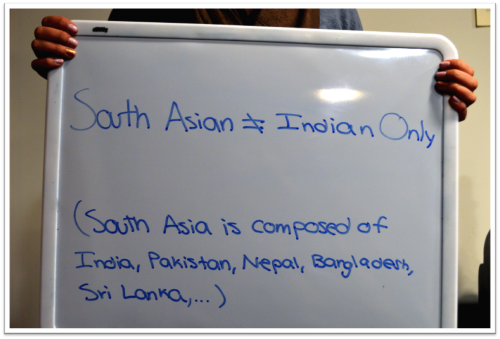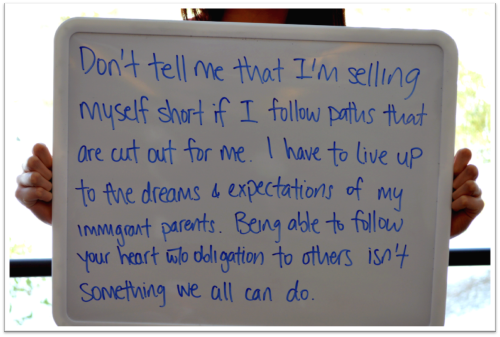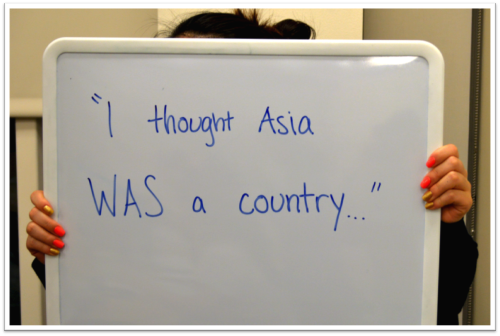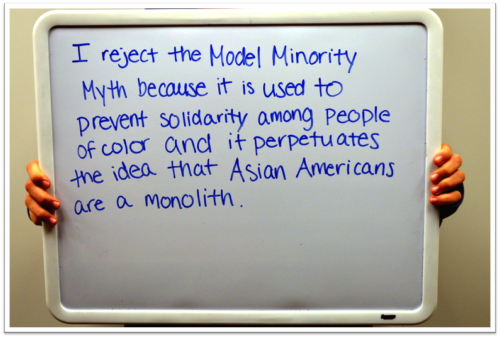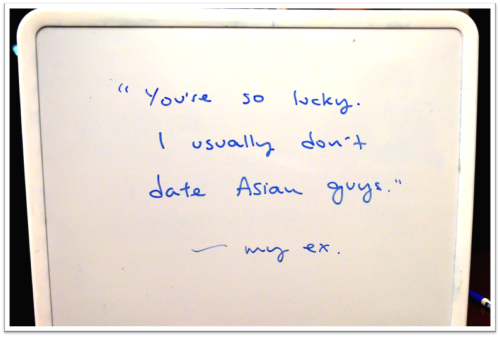#wellesley college
Seven sisters? Try fourteen as we celebrate at our Wellesley sister’s wedding. The sisterhood runs long, strong and deep
Post link
Classes coming this fall at Wellesley College’s new Department of Boss Studies.
BOSS 101 Doing the Damn Thing
BOSS 302 The Wellesley Effect Personified
BOSS 405 Glass Shattering
On Sunday July 26, 2020, a group of Wellesley alums got together on Zoom from across the world to reminisce about our dear friend Michael Brooks, who suddenly and tragically passed away on July 20, 2020, from an unforeseen medical condition.

Photo provided by Nayantara Mukherji ‘06
The world knows Michael Brooks as a renowned political commentator, particularly in progressive leftists spaces, speaking on everything from workers’ rights to fighting for the Brazilian government to release former president Lula from his incarceration. He spoke often on the show The Majority Report and had his own show as well, The Michael Brooks Show.
To us however, he was Mikey. This guy that hung out with us on the Wellesley College campus for intermittent periods of time between 2004 to 2007. Mikey was one of those rare cis-men on campus – he wasn’t hanging around because he was dating anybody nor because he was hoping to find someone to date. He was our friend (though there were some crushes from time to time). And he was just always there. He came to campus for weeks or even months at a time. He rotated through all of our dorm rooms, sleeping on our floors, eating off of our meal plans, getting us to check out books for him from the Clapp Library (and sometimes forgetting to return them), and regularly attending our shows and events.
He was always reading an esoteric book (that was often much more intellectual than the books assigned to us in class). He engaged with the books’ ideas passionately, but was never pretentious. He had other passions, too, that he pursued: meditation, Buddhist thought, comedy. And to us international students, he was a brilliant guide to U.S. politics — he obsessively rewatched Barack Obama’s speech at the 2004 Democratic National Convention and correctly predicted that he would one day be president. Mikey, for all intents and purposes, went to Wellesley. He was our Wellesley brother. And he was a devoted real-life brother, as well — all of us remember with how much love and care he spoke of his sister, Lisha.

Photo provided by Nayantara Mukherji ‘06
Some of our fondest memories from Wellesley center around a table in Tower dining hall shared with our friend Mikey. We might not remember exactly what was said, but we remember laughing so hard our sides hurt until the dining hall closed and we were unceremoniously kicked out. Recounting our memories of Mikey made us laugh so hard, we were literally in tears (like the one about his outrage with the CVS in the Ville not carrying the latest organic crystal deodorant).
It came as no surprise to any of us that Mikey became so successful. He was possibly the most ambitious person we had ever met, which is saying something, because there were so many ambitious people we knew at Wellesley. The thing about Mikey’s ambition, however, was that it was tempered by his own brand of hilarious self-deprecation and by the deep insecurities that he wasn’t afraid to share with us. Mikey taught us that it was ok, perhaps even a good thing, to be vulnerable with the people you care about. This was a tough lesson for us to learn, since most Wellesley students would rather drink a gallon of lead laced water from Lake Waban than admit that maybe we have no actual fucking clue what we are doing with our lives.
Mikey was not just personally ambitious, he was driven to encourage others to succeed alongside him. He made us feel like we were capable of anything. At a time in our lives when we felt the expectations of others so incredibly acutely- from parents, from professors, from the flags festooning campus celebrating “Wellesley Women Who Will Make a Difference in the World,” Mikey’s encouragement felt different. Mostly because he wanted us to succeed on our own terms and not on anyone else’s. He encouraged us to be iconoclasts with our futures. Only by breaking down the monumental expectations others had set for us, would we be able to pursue the things deep inside of ourselves that we barely even recognized as who we were at the time but that have become so essential to our identities now.
It’s near impossible to condense a life like Mikey’s to a write-up like this. He would probably be laughing at our attempts and telling us that we didn’t give near enough attention to how handsome and hilarious and intelligent and amazing he was (which is true, he was all of those things).
During our Zoom call, a regret that all of us shared was that we had lost touch with Mikey over the last few years; and, if we are truly honest, we had lost touch with one another. We know that many of you reading this may not have known Mikey, but we are sure that you know someone from Wellesley or from your life who made a huge impact on you. During the pandemic, we find ourselves reaching out to friends that we fell out of touch with, reconnecting with ease, regardless of the circumstances of why we had disconnected in the first place–call it pandemic forgiveness. Throughout the pandemic, we have wanted to do the same with Mikey, but then are painfully reminded that we cannot. But in our own way, we have reconnected with him. He brought us back together, and through our collective memories of our time together, we remember Mikey. We miss you Mikey. You will always be our Wellesley brother. We love you.
Elizabeth Biermann de Lancie, ‘07
Nayantara Mukherji, ‘06
Helena Pylvainen ‘08
Shelly Anand ‘08
Ariana Gutierrez ‘08
and so many others
Need a break from the politics? Dive into the making of Issue No.2 of MUJER! Magazine. Interview by Camylle Fleming ‘14.


1. Wellesley Underground (WU):Tell us about the origin of MUJER! Magazine and bring us up to speed on the November launch.
Sara Hess ‘08, Editor in Chief: MUJER! has been a long time coming for us. Ever since Shavanna and I were swapping clothes from each other’s closets when we were roommates at Wellesley, we’ve had an interest in fashion and over the years we’d often played around with the idea of doing a fashion related project together. MUJER! came about in late 2017 when I had reached a point of being really frustrated with fashion magazines (all of the ads and the Photoshop, the lack of any real content and focus on hyper consumption). I also was disappointed to see that several of the fashion bloggers I’d followed over the years and enjoyed for their authenticity were following the same route as they transitioned from blogs to Instagram and started posting highly stylized Photoshopped pics that were all sponsored and very phony. Finally, I had recently turned 30 and it then occurred to me that I was older than nearly all the models I saw in the major fashion publications, which is insane when you think about it. I told Shavanna what I was thinking of doing– a feminist fashion and beauty mag, all models 25+, no Photoshop on their faces or bodies, more racial and ethnic diversity, a focus on more sustainable production and consumption and no ads. Shavanna is an amazing stylist and has a great eye for design so I was super excited when she agreed to be creative director. I was living between Mexico City and New York at the time. I had developed some contacts in the fashion industry in Mexico and really admired the fashion scene there, which is one of the reasons we went with the name MUJER! It took us about 6-7 months to produce the content for the first print edition which was published in September 2018.
2.WU: How did fashion and beauty become sites of contestation and rebellion for you two?
Sara: I grew up in a small town in rural Pennsylvania and was constantly getting in trouble for breaking the dress code at my public school. It’s ironic because I was definitely a major nerd– not your typical rebel. In junior high, I was really upset to find out I had not been accepted to the National Junior Honor Society. I asked one of my teachers why and he told me that it was because the shorts that I wore to school were often too short. Honestly, it was not my intention to be risque. I was just awkwardly going through puberty and had legs that were too long for my body and it was impossible to find shorts that were long enough and didn’t look dorky. After that, I went through a punk rocker phase, where again clothing is a form of rebellion. I was totally into the early Gwen Stefani punk looks. I would get picked on a lot by classmates but then a few months later everyone would be wearing what I had been wearing before, which would be my cue to change styles because I never wanted to look like everyone else. For me, it became a way to stand out and to push back against conservative influences.
Shavanna Calder ‘08, Creative Director: I can’t say that I’ve thought of fashion for most of my life as a site of rebellion. I just wore what I liked and (especially as a kid) what was on trend.
I had hip surgery 5 years ago and have struggled to be able to wear heels after that. In some ways that forced me to rethink how to dress for formal situations (without heels). Though I am working towards wearing heels again through physical therapy (my profession requires it), I’ve found a certain level of pride in showing other women that we can still look dressed up/professional etc. without wearing heels. Also embracing flatforms has been fun!
I think beauty, more so, has always been a site of contestation and rebellion for me as a Black woman. Growing up and having hair that was different than most of my friends. Makeup and hair supplies that we had to drive an extra distance for. Reading different magazines than my friends because teen vogue (at that time), seventeen etc never catered to me (thank God for Essence). Now, being natural, my hair oftentimes is a point of rebellion/contestation as I educate and ask for the things that I need as a Black artist instead of accepting the burden of sitting in silence.

Founders Shavanna + Sara (above)
3. WU: On social media, you’ve discussed the initiative of “showing women as they actually exist in the world”. Can you describe some of the images you two grew up with and how they are in conversation with MUJER!
Shavanna: In some ways growing up when I did, I feel like I did get to see images of women (more often) without photoshop and a ton of contouring etc because that just wasn’t on trend. It’s one thing I miss about the early 2000’s. That being said, the rest of the content oftentimes centered around ways to get men, look flirty etc etc. For us I think “showing women as they actually exist in the world” goes beyond imaging to the content of the magazine (the stories and issues that are discussed) as well as the lack of harmful ads encouraging women to alter their bodies by buying certain products etc. We are able to highlight a diverse group of female identifying folx and the complexity of us instead of the monolith that I often see portrayed.
4.WU:What are the ways in which your Mexico City base contributes to the core principles of MUJER!
Sara: Mexico City is just my heart and soul. I don’t know how else to describe it. It makes me turn to mush as though I’m talking about someone I’m in love with. The creative and design scene here is out of this world funky and unique and I really feel that I can wear anything going out here at night. People are elegant and cool and put a great deal of thought into how they present themselves. The fashion scene is authentic and fun and nowhere near as pretentious as it is in other parts of the world. We try to reflect this creativity and sincerity in MUJER! as well.
Shavanna: Additionally I’ll say that people have really embraced us there. There is an openness, flexibility and sense of collaboration that has made it super easy to throw any ideas we have out there and run with it (more than I’ve seen in other parts of the world).
5.WU:For those of us who are new to publication production, can you walk us through the steps of creating content, finding models, artwork, all without the filler of advertisements?
Sara: We are also new to magazine production, ha! We started by basically bringing together people we knew from the fashion world here in Mexico City. I have a dear friend, Jenny. She’s a stylist from Sweden and was working on the sets of reality shows here so she kind of kicked me into gear to do the first beauty shoot. She had a lot of experience doing shoots so she helped me get a great photographer and scout a location and models. We’ve really been blessed with meeting all of the right people at the right moment. We found a wonderful lead graphic designer, Celina Arrazola who happened to know the neighborhood where all the printers are and was an expert in hand binding books. Advertisements were never an option so we self-finance the production, which was and is intense.
Shavanna: Yes, as Sara mentioned we’re incredibly new to this and are (honestly) still figuring a lot out as we go. However, generally we come up with ideas/stories together that excite us, that we haven’t seen in other fashion magazines. We then reach out to female identifying folx to help us realize these ideas (because we want to support female entrepreneurs as well). The hardest part will be figuring out how to make it sustainable (and take the more of the financial burden off of Sara) and we’re in the process of sorting that out the best way we can!
5a. WU: Okay, same question. Add COVID, go:
Sara: Now, because of COVID, our plans to do another print edition were derailed so we decided to do a digital edition– everyone featured sent in their own photos and instead of printing we created a PDF version of the magazine, with Celina’s excellent graphic design of course.
It essentially made printing the way we did with the first edition impossible. That was a very manual process that involved visiting the printer in person multiple times and Celina handbound the magazine, with me struggling to be useful to her by folding the pages. This time we went all digital.
Shavanna: In addition we had to become creative since we could no longer conduct shoots or interviews in person. Everything was done via email (except for Sultana’s shoot which happened pre-COVID). All other photos were submitted by the women in the issue. Whilst I missed many aspects of being in person, in some ways the challenge allowed us to lean in to our mission of showing women as we truly are. It also allowed for us to have a remote intern via Wellesley which was awesome!

6.WU:How do you want to grapple with the plurality of feminism(s) in the pages of the magazine?
Shavanna: By being truly intentional about seeking out diverse voices. By celebrating those voices and by taking our readers feedback to heart. Outside of the folx who are interviewed or featured in our magazine we attempt to employ women in the creation of the physical product as well (design, photography etc). The end result is something that has been touched by women from various parts of the world and from different walks of life.
7.WU:Can you share the story of how the magazine gained its title? How do you respond to any pushback and claims of appropriation from Latinx individuals for your usage of the word “Mujer”?
Sara: For starters, we were founded in Mexico City and at least half of our readers are native Spanish speakers. The publication, like many of its readers, is also bilingual. For the interviews and articles that are originally done in Spanish, we leave them in Spanish, only translating key quotes into English and vice versa for pieces that are originally in English. The title is also a global call to women that goes beyond the English-language paradigm.
8.WU:The fashion and beauty industry can carry both an air of superficiality and apoliticism. Tell us what people get wrong about the experience of working within it.
Sara: I think this is hard for us to get into because we are not really working in the fashion and beauty industry– we are working parallel to it and trying to pick the piece we enjoy while also creating something new and different for women that makes them feel empowered, not inadequate.
Shavanna: Yes neither Sara nor I really work within the industry (nor have we prior to the magazine). I’ve worked as a stylist from time to time, but that’s about it. For the most part we’ve been consumers who were unhappy with what we were consuming and figured we could do something about it.
9.WU: In an effort to not over-glorify the value of success and “making it”, let’s talk about failure. Can you share with our readers what went wrong in the process of producing MUJER!?
Sara: Before our Chilanga shoot, Shavanna and I got horrible food poisoning. Like, nearly had to go to the hospital.
Shavanna: Yes we were living on pepto bismol and had just started eating plain bread and pasta the day of our shoot, but we powered through! Honestly this magazine has felt like a contribution to society that we were meant to be a part of, so despite obstacles that have come up, we know that we can’t be sidetracked.

10.WU:How do you react to the “self-care” trend and it’s correlation to the consumption of beauty products? Relatedly, how do you two take care of yourselves?
Sara: I’m an introvert who fakes being an extrovert, but I definitely know I need alone time so I try to make space for that. As of late, I try to use more natural/ organic beauty products and just less of everything period. Also sleep. Sleep is so important. Finally, I’ve decided I will deal with drama in my professional life because I feel like that’s where I’m making a contribution that’s important but I try to minimize drama in my personal life as much as possible.
Shavanna: I try to take care of myself by reminding myself that rest is ok and necessary (so hard). Practicing my faith/meditation. Asking for what I need. Going to therapy (physical and mental health). Exercising. Connecting with loved ones (friends and family). Being kind to myself.
11.WU:As a follower of your Insta page, I find myself lingering on your original posts, staring into the faces of the individuals you capture. It makes me realize how my brain has been trained to see the same faces featured in public spaces, so much so that they’ve become invisible. Can you share the favorite photos that you’ve captured and why they stand out to you?
Shavanna: My favorite photos are of Wellesley alumna Solonje Burnett. I’ve always admired Solonje’s fearlessness and creativity and I think we truly captured her essence in these. Though she is beautiful, the interview is about so much more and highlights her as the complex, multifaceted woman that she is (instead of just her beauty routine or what her house looks like).
12.WU:What does the day in the life of an Editor-in-Chief look like? How about a Creative Director?
Shavanna: We’re very collaborative. I don’t think we really have hard and fast rules as to who does what necessarily as much as it’s a partnership. One of us will propose an idea (in between juggling the rest of our lives) and we’ll discuss pros and cons and greenlight what works best and aligns with our values. We also just hold each other accountable. Right now there isn’t a typical day in the life as well just because we both have other jobs (though it would be amazing for Mujer! to continue to take off in a way that allowed us to devote more time to it).

13.WU:Both of you currently have worked with higher education institutions (Harvard + NYU). Can you tell us a bit about your “day jobs” and the types of opportunities they have afforded you in relation to the Magazine?
Sara: While I was working at HBS, I co-authored a case study on Monocle magazine which has helped to inform some of our thinking around the business model for MUJER!
Shavanna: I worked for almost 7 years at NYU, first at Stern and then within the Faculty of Arts & Science. In terms of opportunities? I’d say actually, for me, anyway the two aren’t related. My time at NYU influenced my acting career more so than Mujer! by giving me some flexibility and certainly financial stability.
14.WU:Lastly - a question you ask your features in the upcoming digital issue: how have you been gentle with yourself during this time?
Sara: Uff, I have been eating a lot of ice cream and taking breaks when I need to. I turned off the New York Times news alerts on my phone. I still read the news everyday but this has helped a lot.
Shavanna: Uff indeed. Hm sometimes I remind myself that the fact that I’m functioning is enough. This quote from Audre Lorde has been getting me through: “Caring for myself is not self-indulgence, it is self-preservation, and that is an act of political warfare.”
Working out and going for walks, journaling, therapy, being in touch with my spirituality, limiting myself on social media (or at least certain groups or accounts), listening to my body in terms of what it wants (whether that be food or change of environment). Talking to friends when I have the energy always brightens my day and constantly reminding myself to take things one moment/day at a time. This is all incredibly hard and I’m grateful to those who have been gentle with me when I struggle to be gentle with myself.
Check out the MUJER! Covid-19 digital issue here:https://www.mujerrev.com/mujer-sale
Given the increase in domestic violence and gender based violence around the world during the pandemic, a portion of the proceeds from the issue will go to two organizations helping womxn that are survivors of domestic abuse and human trafficking: Women of Color Network - Blue Lips CampaignandEl Pozo de Vida.
MUJER! Homepage:https://www.mujerrev.com/
MUJER! Instagram:https://www.instagram.com/mujerrev/

I saber a lot of champagne bottles to celebrate. Today, I am celebrating the end of a $180,000+ student loan debt journey. My entire adult life has been defined by and anchored to my debt, so I am basically a new woman.
This isn’t a post about how I did it so you could, too, because that’s bullshit. I could not have done this without a support system that carried me and allowed me to add financial responsibility to my plate exactly when I was ready.
Shout out to Mama Spells for helping with my loans in the early days before I made a salary; to my grandmother for welcoming me, rent free, into her NJ home so I could chase my NYC dreams; to Jaime for buying me dinner when she wanted me to experience something I couldn’t afford; Devin and Kendall for inviting me to move into the only reasonably priced apartment in all of Brooklyn; to Papa Spells for lending me his car when I moved to Atlanta; and (again) to Mama Spells for giving me her old car, named Black Sassy, so I could avoid car payments.
Shout out to Kevin for unevenly splitting our expenses, when I was in grad school and again when I decided to put ~75% of my salary towards student loan debt; for using all of his hotel and airline points so I could travel; and never getting tired of me talking about my budget—YNAB for life! (literally my favorite thing ever; I even wrote a how-to guide)
Shout out to Makkah and Kayla for commiserating about loans, but encouraging me all the way; to every single person that allowed me to gripe or complain or celebrate at every step in this journey; and to Mara for teaching me to saber champagne bottles.
Shout out to Wellesley and Georgia Tech for providing phenomenal educational experiences that I’ll never regret, even after thousandsssss of dollars; and, of course, to Square for paying me my worth. Also, thanks to everyone that will overlook my abuse of the semicolon in this post. It takes a village.
We know that student loans are predatory, restrictive, and a major blocker to wealth generation. I once named my student loans: Scar, Joker, Bane, Hannibal Lecter, and Lord Voldemort. I have finally defeated the villains.
Interview with Stephanie Waslohn ‘08 on Pandemic Sewing and Fat Liberation

Stephanie Waslohn is a professional archivist and amateur everything else. She lives in her hometown in Northern California with her small dog familiar.
Shelly Anand, WU Founder: The last two years have been trying to say the least. Overall, how has the pandemic gone for you?
Stephanie Waslohn: I’ve been both really lucky and fairly lonely. I felt so lost in space living alone and suddenly working from home in the early pandemic that I decided to think about my isolation like an astronaut focused on my mission. That mission has changed over the last two years, but the metaphor has let me redefine what’s necessary for my survival.

Shelly:One of the highlights of the pandemic for me has been watching your garment sewing journey on Instagram (IG handle @lemonseltzer). What made you start (or re-start) garment sewing?
Stephanie: Honestly? Panic.
I’d like to say it was sustainability, or out of pure desire for the kind of clothes I couldn’t buy as a fat person, but the truth is I planned my first sewing capsule during wildfires in my hometown– one tab open on a fire map, the others sewing patterns and fabric stores. I was taught to sew as a kid; I had my mom’s old machine and my rusty skills in a vast ocean of time and uncertainty. My personal motto is “do what you can and let go of the rest.” Planning sewing projects was something I could do at that moment.
I will say I wouldn’t have latched onto it without the work of Muna and Broad, an indie sewing pattern company who specialize in plus sizes. Knowing that they designed for larger bodies meant I could mentally skip the fear of needing to adjust a pattern drastically.
Shelly: You also talk about how painstaking the process can be, how you have learned so many new methods of sewing, and how it has been a lesson in patience. What are some key takeaways?
Stephanie: Cribbing from Octavia Butler: happiness is steady progress towards a worthy goal. Sewing is a physical manifestation of that personal truth for me. (Hobbies, dude, they rock.)
Also! Social media is whatever, but finding a community of fat makers and designers through it has been rewarding. My greatest inspiration is other fat people living their sartorial truth. I teach myself skills piecemeal project by project, but the thoughtful work of being part of a community based in mutual inspiration is what keeps me coming back.

Shelly: I absolutely love how you are expressing self love and body positivity through bespoke clothing. How has this process been for you with respect to loving yourself and loving your body?
Stephanie: Body acceptance is both at the center of this work, and an after-thought. From a pragmatic point of view, the size range is the first thing I check when I look at a sewing pattern. Loving my body won’t magically extend a limited size range to fit my hips. By the same token, loving myself won’t teach me how to adjust a pattern for my body, but it sure as shit makes doing it a lot easier in application.
The revolutionary part for me is the freedom of aesthetic self-expression– for most of my life my main criteria for clothing was “does it fit?” rather than “do i like it?” A (literal) bind made all the more fun house mirror-esque by the plus size industry that historically offers a pretty warped version of what fat consumers want. It’s really rewarding to define for myself the intersection of comfort and self-expression with less external pressure, while knowing I’m partially opting out of yet another system built on the exploitation of women’s labor.
Shelly: How does it feel having been made to measure clothing in a world that doesn’t cater to fat bodies.
Stephanie: Shitty. Even in sewing, the big four pattern companies have atrocious sizing, and many indie pattern companies choose to only offer a limited size range. I have the personal rule not to buy a pattern (or a garment) where I wear the largest size.
But clothing is the tip of the iceberg in a world that rejects fat bodies– anti-fatness creates systemic barriers to health care at the most life threatening, limiting travel, where we can eat in restaurants and what personal services we can receive, who will hire us/how much we’re paid, access to hobbies that require specialized gear, all the way down to mundane risk like the weight limit of my household step stool. There is no sphere of my life untouched by my body type. And I say this as a privileged fat person– I’m a white, cis, and often perceived as “not that fat.” (As an aside, that’s like… a quote from my Wellesley undergrad. After standing up against a fatphobic statement about another student, I was informed I was the appropriate, proportional kind of fat like I should be flattered. The 2000’s were wild, man.)
Shelly: You actually helped me review and edit the manuscript of my upcoming picture book I Love My Body Because, co-authored by Nomi Ellenson (sister of my W bestie Hannah Ellenson '08), a picture book I hope will teach kids about body positivity, body acceptance, that someone being fat isn’t bad or negative, that its beautiful, that all bodies are good and capable of so many things. What are your thoughts on the body positivity movement? On the movement to fight fatphobia? How far are we from where we need to be?
Stephanie: The body positivity movement at its core, and its best, is based on the work of fat liberationists. The deeply personal internal shifts of meeting our bodies where they are can be both personally rewarding and serve as a gateway to building a more equitable future.
The way I see it, I’m fat like my eyes are brown. They are both two equal truths about my body. If eye color was as likely to determine the quality of my medical care as my body size, that’s how far we are from where we need to be.
Not to say that my little brother didn’t tease me that my "brown eyes look like poo” but it’s a funny reminder of the scales of impact. I love the idea that your book is for the next generation of kids finding more body equity and self acceptance.
Shelly: Which pieces have been your favorite so far?
Stephanie: I really love my Cobden Chore coat. It’s a perfect California three season coat, and was my first top stitching. A professional sewist asked me the same question recently and I pointed to the coat I’d worn in, only to see her politely laugh and announce that she loved that I left in my jacked up top stitching. I’m an imperfect maker and loving it anyway is like blowing a kiss to a perfectionist past me stalled by disliking being bad at a new skill long enough to get good.
Sometimes the materials guide me to the final garment– for example this gorgeous Japanese import linen was planned for another garment. Now it’s a beautiful yet comfortable dress that feels like I’m wearing a piece of art.

Shelly: You’ve taken on other interesting projects that you’ve shared with your followers on instagram including your renovating an RV. WHAT WAS THAT LIKE?
Stephanie: My pandemic freak out! I went full snail self-protection. I could unpack why I made the choice, but the main gist is it allowed me to feel in control in a world and a time when that is rare. I’m deeply privileged that my brother lets me park it on his rural acreage in our hometown, the same place I was watching so closely on the map and where his home was saved from the fires. It’s at the top of a hill with some privacy and outdoor space that offers the scenic background to my sewing photography.
Minus cursing the heavens when I bonk my head on a low bedroom beam, the trade of living small’s physical restrictions is worth the freedom of outdoor space and knowing I can weather whatever comes. I don’t talk about personal finance much as part of my social media presence, but the tiny living does help my craft budget.
Shelly: You have also had some interesting encounters with deer over the pandemic. Care to share?
Stephanie: I’m a very niche disney princess! The combination of a high deer population, California drought, and my rural cottage core raised bed garden fantasies mean we’re good judies. A pair of fawns started hanging around the property sleeping under a trailer after their mother was hit by a car. Besides my resident deer, there’s a herd of wild turkeys, hares, quails, and so many types of birds. I even walked upon a coyote stalking prey once!
Shelly: For our readers who have dreams of taking on projects, re-visiting skills or learning new ones, any advice?
Stephanie: Anything worth doing is worth doing poorly. Seriously.
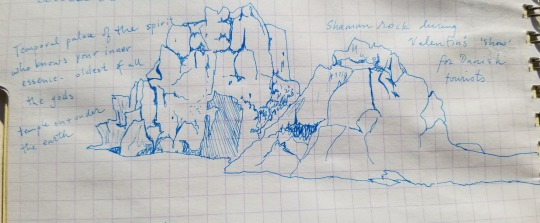
In early August 2001, I set down my bag in a simple dormitory in the village of Bol’shie Koty on the coast of Siberia’s Lake Baikal. “We each get a bed, cupboard, and closet space, and there’s a cool Russian stove. Our room overlooks the lake!” I enthused in my journal. Bol’shie Koty, whose 150 summer residents dwindle to only 80 in the deep Siberian winter, is, like many communities along the nearly 400-mile-long lake, accessible only by boat. The crescent-shaped lake is the world’s deepest (over a mile), the world’s oldest (at least 25 million years), and holds the most water of any lake (around 22% of the planet’s fresh surface water). Unique as well as superlative, Baikal hosts hundreds, if not thousands of animal species found nowhere else on earth, including sponges, fish, amphipods, and a freshwater seal. In remote southern Siberia, its watershed drains vast expanses of Mongolian steppe and Russian taiga, and the lake holds a somewhat mythical place in Russian culture. As part of the inaugural expedition of the Wellesley-Baikal program, which paired a spring course on Baikal history, literature, and ecology with summer study at the edge of the lake, I had rejoined my classmates after graduating from Wellesley and spending a summer in my home state of Vermont.
Over three weeks we explored the lake and its surrounding towns and forests, taking water samples and plant inventories and meeting local scientists, artists, land managers and even a shaman with a double thumbnail. On that gravelly shoreline, while also at the figurative shore where college meets adulthood, I was enchanted by the ways this place burst with both novelty and familiarity, and I immersed myself in observation to make connections between them.
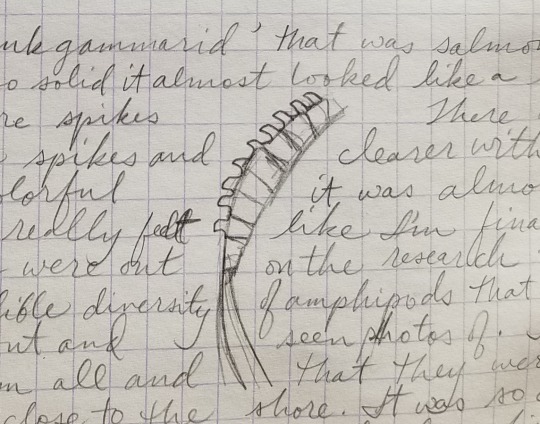
On our misty boat ride to Bol’shie Koty, I saw eerie expanses of ghostly, bare tree trunks near the head of the Angara River, the bare, pointy stems resulting from an intense local outbreak of Siberian silk moth caterpillars. I was fresh from a field technician job counting invasive insects and inventorying disease in white pine stands for the Vermont Department of Forests, Parks, and Recreation, and diligently took photos for my boss back home.
A few days after, I observed a female Siberian silk moth, “a beautiful creamy shimmery color with delicate folds,” alight on our boat in the lake, whose water looked “almost glacial in its deep blue green, slightly milky texture.” As I watched from where my classmates and I were taking samples, “one moth took off from our boat and flew valiantly toward shore, only to come closer and closer to the water until finally landing, becoming a creamy speck on the blue-green Baikal waters.” Later, I felt an odd surge of recognition - as well as horror - when one of us turned back a bedspread (“of a smooth cotton and muted brown/blue/purple/pale pink weave”) to find the grayish, fibrous lump of a silk moth cocoon. The caterpillars of Dendrolimus superans sibiricus defoliate Siberia’s characteristic coniferous forests, devouring needles of tamarack, pine, spruce, and fir.
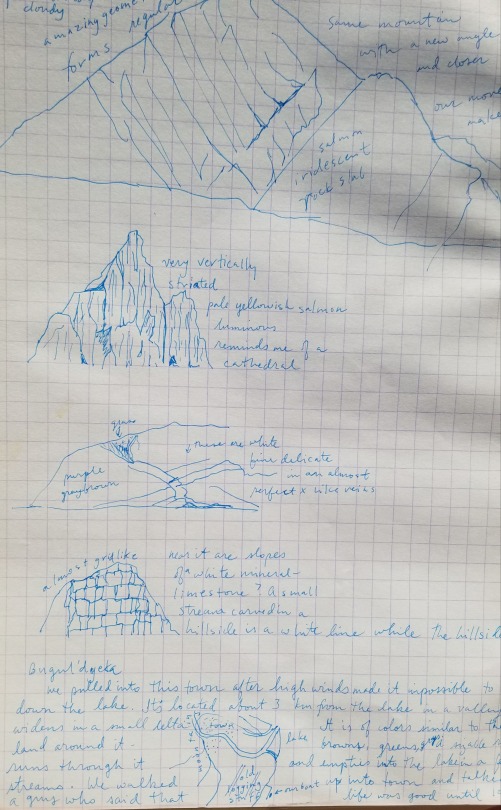
Twenty years later, I’m back in Vermont, reading these somewhat overwrought - and repetitive! - words of my younger self while the larvae of Lymantria dispar (their common name, ‘gypsy moth’, is a derogatory ethnic slur) devastate trees around me during one of the worst outbreaks in Vermont in 30 years. Lymantria dispar larvae, like their distant Siberian cousins, feed on trees that distinguish Vermont’s forested landscape, though they defoliate oaks and other hardwood trees rather than the needle-leaved conifers that the Siberian caterpillars eat. I work as an ecologist and spend much of my time on projects that protect another huge lake, Lake Champlain, and its watersheds. I still love Russian literature, saunas, and dill, my appreciation for all of which sharpened during my time at Baikal. The world changed forever just three weeks after we returned from the far side of it that year. Yet in my own life, throughlines from those days along the crumbling shoreline continue to surface and reverberate in the present. Like the fine threads of a Siberian silk moth cocoon, these connect my past and present selves, shaping and in turn being shaped by perspectives and decisions that continue to unfold.
I couldn’t have articulated it at the time, but on rereading my excruciatingly detailed journal, I can see that this trip to Russia was the first time that I, at age 21, saw myself as a witness to and participant in the churning path of history, rather than merely a visitor to museums and ruins clearly separating past and present. Opposing truths can exist at the same time, the past continually bumps up against the present, and these moments and impressions form part of an unfolding and messy whole.
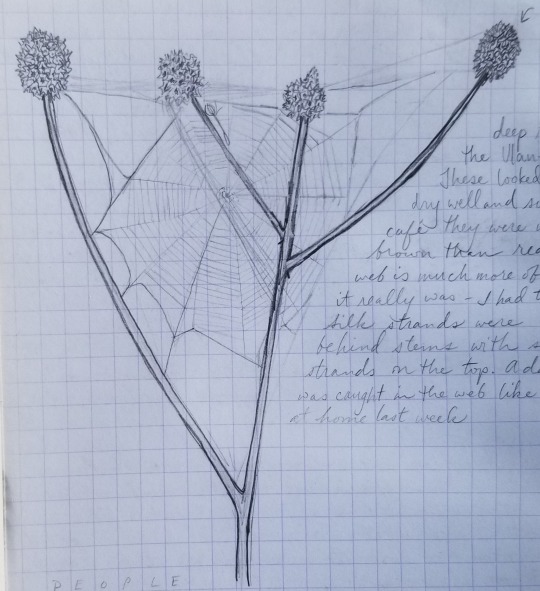
I marveled at juxtapositions. The beauty of the silk moths and the devastation of the forests in their wake. Wild-looking river deltas along the lake, thick with larch and cobble, that were in fact just decades out from the ecological and human devastation of slave-powered gold mining and deforestation. The expanse of lake viewed from an old rayon factory in Baikalsk, where I pondered a failed Soviet scheme to make airplane tires from wood pulp. A wolf wandered the shoreline and lynx pelts adorned the walls of a village home. Cows wandered the lanes and wooded margins of Bol’shie Koty, while rough fences kept livestock out of yards instead of in pastures, where they would have been in my familiar Vermont. Yet this surprising settlement pattern recalled early New England villages modeled after those in England, where overgrazing of common areas inspired the ecological and economic concept of the ‘tragedy of the commons’ in the mid-nineteenth century.
In Russia I saw academic concepts like this embodied in the land and lives around me, and the contrasts activated my thinking. Primed by the wide-ranging spring course with Tom Hodge and Marianne Moore, big thinkers with endlessly curious minds, I filled my journal with lists of plants, records of weather, notes from lectures and questions to consider.
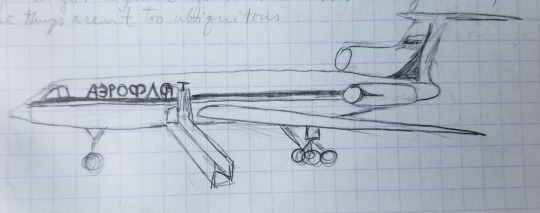
One day our group got to witness the value of a long-term journal first hand. Talking with biologist Lyubov Izmesteva, in her dusty lab, we learned that her grandfather, Mikhail Kozhov, had begun recording ecological data on the lake in 1945, offshore from Bol’shie Koty. He passed the pen to his daughter and now granddaughter, and their collective decades of observation yielded a unique record of the lake’s health. Marianne Moore recognized the value of this careful record in 2001 and has shared it more broadly in the years since that trip. Reaching through and beyond the Soviet era, this family project is now helping the rest of the world understand how climate change is impacting Baikal.
Though I lacked a deep grounding in Russian political history, I felt a momentum in Russia, which seemed like it was still actively turning a corner from the drudgery and oppression of the Soviet era toward the complexities of democracy and capitalism. I knew the forested hills, river valleys, and watery depths around me held painful histories, like the cut-short lives of “uncounted, unregistered hundreds [of political hostages], unidentified even by a roll call” deliberately drowned in Baikal around 1920 as part of Russia’s post-revolutionary, pre-Stalinist horrors, and described by Aleksandr Solzhenitsyn in The Gulag Archipelago. In Moscow in 2001, I snapped a photo of a billboard advertising chewing gum, looming over a Soviet-era statue. The frivolity of the gum, its promise of a tiny personal diversion, seemed to contrast in a fascinating way with the stern Communist officer on his horse, frozen in metal.

In Moscow, I wrote, “Miles & miles from the city center are 6-lane streets, long apartment buildings, stores (many for furniture/home furnishings), people strolling, hurrying or waiting, painting, digging, talking, rolling out sod, carrying wallpaper, buying clothes, selling watermelons, riding bikes, doing exercises, kissing”. The pendulum seemed to be swinging toward growth and expansion. Yet other pieces just hadn’t caught up yet. I remember a car pulling another car on a busy city street with only a thick piece of rough twine, goldenrods and tall grasses adding a surprising wildness to the edges of city sidewalks, the shopkeeper in Bol’shie Koty calculating change with an abacus. I observed these dynamics with curiosity and delight.
In 2021, Baikal is an Instagram backdrop and Russia, presided over by a former KGB officer, a shaky mix of democracy and authoritarianism. I haven’t been back, but I wonder if the residents of that busy Moscow street still feel the forward-looking momentum I observed. Are they still carrying wallpaper and rolling out sod, shaping their spaces? As influencers filter images for fantastic effect and shadows of the Soviet era continue to loom, I can’t find the photos I took with film on that trip, or the paper (the last of my college career) that I wrote by hand on the porch at Bol’shie Koty. I still keep methodical notes about land for my job, but my personal journal these days contains mostly scattered thoughts on parenting, relationships, and career, quotes from podcasts, and conceptual brainstorms. I write in it to get ideas out of my head and process the complex dynamics of life, not to record anything for posterity. But in reflecting on Baikal two decades later, I realize my younger self gave me a gift in the form of her obsessively detailed notebook. She helped me decipher the throughlines that connect me to her, through a trip we both took to the other side of the world. My work now is to figure out how to pay this gift forward, to whatever selves come next.
Interested in understanding Asian-America through a psychological lens?! Or perhaps passionate about mental health issues as they manifest in communities of color?! Register for:
PSYC/AMST 222: Asian American Psychology
Post link
WELLESLEY FRIENDS! Still looking around for a last class?! Interested in AA Activism, Ethnic Studies, or the consequences of U.S. Imperialism?! Register for
AMST 238: Forgotten/Remembered–The Korean War and Asian/America
taught by *new hire in the American Studies Dept, Terry Park!*
(who also served as a former Executive Director of Hyphen magazine!!!)
Post link
Wellesley students interested in social justice & Asian American issues, consider running for an eboard position! We’d love to have you in the WAA fam!
Post link
Wellesley Asian Alliance’s annual poster campaign is underway. Want to participate in the dialogue? Send us a message on tumblr or tweet with the hashtag #waaposter
Post link
Wellesley Asian Alliance’s annual poster campaign is underway. Want to participate in the dialogue? Send us a message on tumblr or tweet with the hashtag #waaposter
Post link
Wellesley Asian Alliance’s annual poster campaign is underway. Want to participate in the dialogue? Send us a message on tumblr or tweet with the hashtag #waaposter
Post link
Wellesley Asian Alliance’s annual poster campaign is underway. Want to participate in the dialogue? Send us a message on tumblr or tweet with the hashtag #waaposter
Post link
Wellesley Asian Alliance’s annual poster campaign is underway. Want to participate in the dialogue? Send us a message on tumblr or tweet with the hashtag #waaposter
Post link

